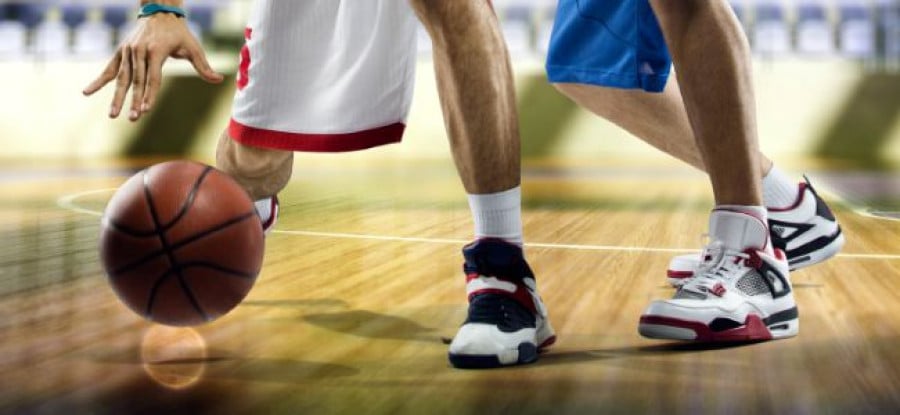A full review of the National Labor Relations Board’s decision in NCAA v. Northwestern

In March 2014, the Regional Director for the National Labor Relations Board (Board) in Chicago held that Northwestern University football players who receive grant-in-aid scholarship are “employees” within the meaning of Section 2(3) of the National Labor Relations Act (the Act). As a result, the players would be entitled to choose whether or not to be represented for the purposes of collective-bargaining. For a full review of the Regional Director’s decision see here.1
Northwestern University appealed the decision to the full Board in Washington D.C., arguing that the Board should decline jurisdiction over the case in order to leave the reform of college sports to the NCAA and college administrators. On 17 August, the Panel reached their Decision.2 A review and analysis follows.
Facts
As a member of both the National Collegiate Athletic Association (the NCAA) and The Big Ten Conference (Big Ten), Northwestern University athletes competes at the highest level in the NCAA Division I Football Bowl Subdivision (FBS). There are currently around 129 schools compete at that FBS level (Please note that at the time of the original Board hearing there were only 125 schools). Of the schools that compete at this highest level, there are only 17 other private collegesor universities like Northwestern. In the Big Ten Conference, Northwestern is the only private school of the 14 colleges or universities.3
As members of the NCAA and Big Ten, Northwestern University and all of the athletes who compete for the school agree to compete under the regulatory constraints imposed by the NCAA and Big Ten. “For example, NCAA bylaws dictate the maximum number of grant-in-aid scholarships a school can award, … set minimum academic requirements (including eligibility rules that players been rolled as students, carry a full class load, and maintain a certain minimum grade point average (GPA)).”4 The NCAA also regulate the terms and content of the scholarship that a player receives.5 In particular, that the athlete’s scholarship award and renewal is subject to the player’s compliance with the policies and regulations of Northwestern University, the NCAA’s and Big Ten.
Each academic year, there are generally 100 or so athletes on the Northwestern University football team. Based on NCAA rules, 85 of the students on the team receive athletic scholarships. The value of a single scholarship, which cover tuition, fees, room, board, and books, isabout $61,000 per year.6 In return for their scholarships, the athletes are required to devote substantial hours to football activities. If they failed to meet the obligations of the team, the student can, and will, lose their scholarship.
To continue reading or watching login or register here
Already a member? Sign in
Get access to all of the expert analysis and commentary at LawInSport including articles, webinars, conference videos and podcast transcripts. Find out more here.
- Tags: American Football | Baseball | Basketball | College Athletes Players Association (CAPA) | College Sport | Contract Law | Employment Law | Governance | National Collegiate Athletic Association (NCAA) | National Labor Relations Act | National Labor Relations Board (NLRB) | Northwestern University | Regulation | The Big Ten Conference | United States of America (USA)
Related Articles
- NCAA college football players: Students or employees?
- College Athletes Players Association v. Northwestern University
- What are the potential effects of the Northwestern NLRB decision on New York compensation claims?
- Will restructuring the NCAA change the balance of power?
Written by
John Wolohan
John Wolohan is an Attorney and Professor of Sports Law in the Syracuse University Sport Management program and an Adjunct Professor in the Syracuse University College of Law. In addition to being one of the lead editors of the book "Law for Recreation and Sport Managers" by Cotten and Wolohan, John has been teaching and working in the fields of doping, antitrust, gaming law, and sports media rights for over 25 years.

 Global Summit 2024
Global Summit 2024